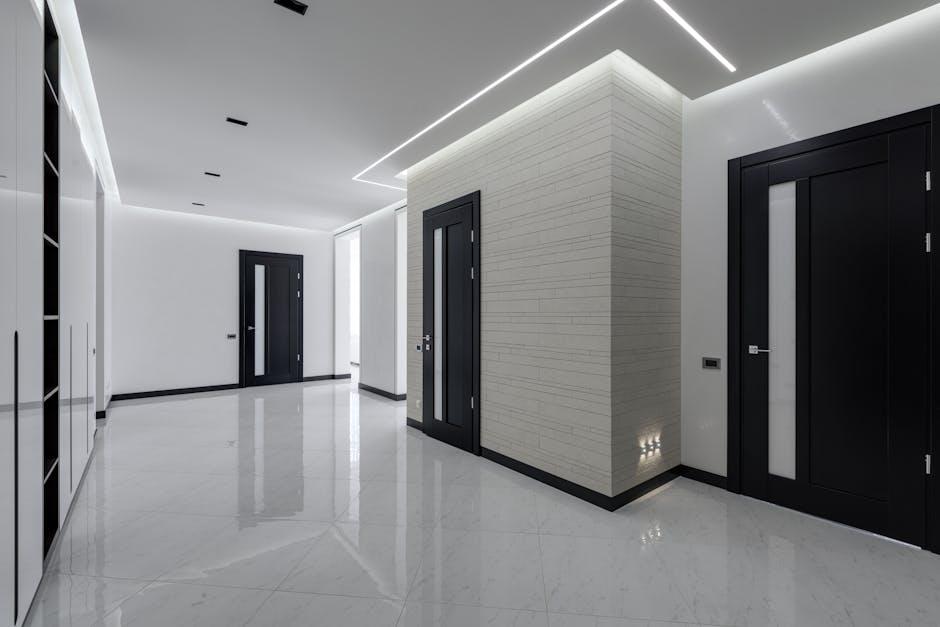Building Scalable Design Systems for Large Enterprises
In today’s fast-paced digital landscape, large enterprises face unique challenges in maintaining consistency and efficiency across various platforms and teams. A robust design system serves as a single source of truth, creating a cohesive user experience while promoting collaboration among designers and developers. In this comprehensive guide, we’ll delve into the intricacies of building scalable design systems tailored for large organizations.
What is a Design System?
A design system is an organized collection of design standards, components, and guidelines that help teams create consistent and scalable interfaces. It typically includes:
- UI Components: Reusable building blocks like buttons, cards, and modals.
- Design Tokens: Style elements such as colors, typography, and spacing defined in a machine-readable format.
- Guidelines: Documentation that outlines usage, accessibility, and best practices.
Benefits of Building Scalable Design Systems
Investing in a scalable design system offers numerous advantages for large enterprises:
- Consistency: Ensures a unified look and feel across all products and platforms.
- Efficiency: Streamlines the design and development process, reducing redundancy and time spent on repetitive tasks.
- Collaboration: Facilitates better communication among cross-functional teams, ensuring everyone is aligned.
- Scalability: Easily adaptable as the organization grows or as new technologies emerge.
Key Elements for a Scalable Design System
1. Establish a Foundation
Your design system should start with a foundation that includes:
- Brand Guidelines: Define color palettes, fonts, and logo usage.
- User Personas: Understand your target audience to ensure the design meets their needs.
- Accessibility Standards: Incorporate guidelines that make your system usable for all individuals.
2. Develop Comprehensive Documentation
Good documentation is crucial for a successful design system. Key aspects include:
- Component Libraries: Detailed descriptions and usage examples of UI components.
- Pattern Libraries: Show common patterns and how they fit together.
- Contribution Guidelines: Instructions on how team members can contribute to the system.
3. Integrate with Development Teams
Collaboration with development teams is essential. Make sure to:
- Use code repositories like GitHub to maintain version control.
- Utilize frameworks that make it easier to implement design components, such as React or Angular.
- Collaborate regularly to align design intents with technical constraints.
Practical Tips for Implementation
Here are some practical tips to ensure the success of your scalable design systems:
- Start Small: Launch a minimal viable product (MVP) version of your design system to gauge effectiveness.
- Collect Feedback: Regularly solicit input from users-including designers and developers-to identify areas for improvement.
- Iterate and Evolve: Your design system should be a living document that adapts to the needs of the organization.
Case Study: Real-World Example of a Successful Design System
Case Study: IBM’s Design System
IBM has established a design system known as IBM Design Language. This system is scalable and comprehensive, offering:
- A robust library of design patterns and UI components.
- Extensive documentation focused on adaptability and flexibility.
- A strong emphasis on collaboration between designers and developers, ensuring seamless integration with various technology stacks.
How IBM’s Design System Benefits Users
| Benefits | Details |
|---|---|
| Consistency | Provides a uniform user experience across all IBM products. |
| Efficiency | Reduces design repetition, saving time for teams to focus on innovation. |
| Collaboration | Fosters teamwork, breaking down silos between design and development. |
First-Hand Experience: Insights from Industry Experts
Industry leaders emphasize the importance of a well-crafted design system. According to Jane Doe, a UX designer at a Fortune 500 company:
“A scalable design system streamlines our workflow and ensures that our products are not just visually appealing but also user-friendly. It encourages collaboration, which is vital in a large organization.”
Conclusion
Building a scalable design system for large enterprises is not just a trend; it’s a necessity in today’s digital environment. By creating a solid foundation, developing comprehensive documentation, and facilitating collaboration across teams, organizations can significantly enhance both their efficiency and user experience. The long-term benefits of having a well-implemented design system-such as consistency, scalability, and innovation-far outweigh the initial investment. So, if you haven’t already, start your journey toward building a robust design system today!











